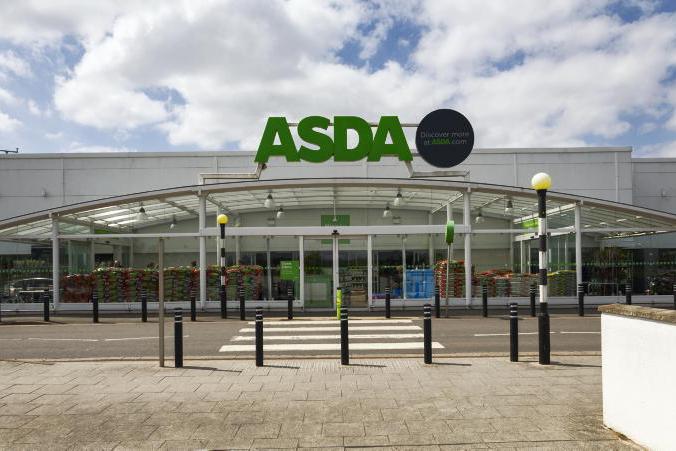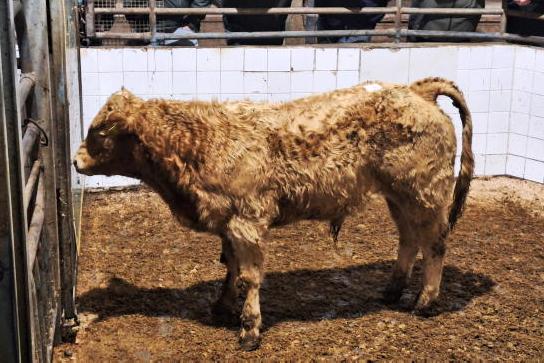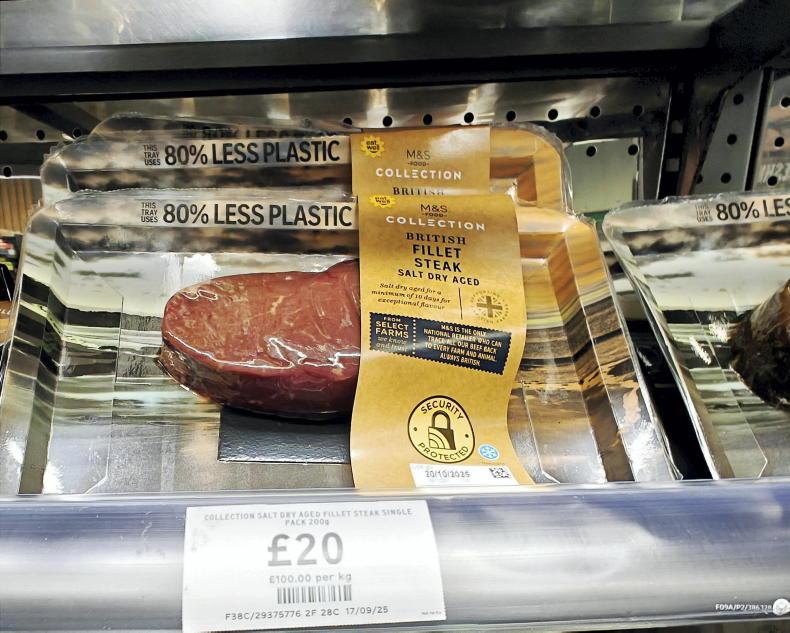As €8/kg comes into view for factory cattle, a question remains about getting the higher cattle price back from along the supply chain.
Since November last year, the Agri-food Regulator has been publishing weekly aggregate selling prices for beef forequarter, beef hindquarter and for 5% fat content mince sold in 500g packs.
As Figure 1 shows, the price obtained by factories has increased but at a much slower rate than the farm gate price paid for cattle.
Retail prices for beef cuts increased from less than 2% for rump steak to just over 18% for standard mince between March 2024 and March 2025.
Over the same period, the R3 steer price reported to the EU has increased from €5.29/kg since November to €6.48/kg (excluding vat) at the end of February, an increase of over 22%.
Farm gate cattle prices are published weekly across the EU and UK for each grade of animal and retail prices for the different cuts of beef in the UK are also published on a regular basis by AHDB.
The only information on what beef processors receive for the beef they sell is for a composite forequarter and hindquarter price and 500 grams 5% fat mince. This is published by the Agri-food Regulator and has been in place since last November.
These composite prices relate to information supplied to DAFM by ABP, Dawn, Kepak and Liffey meats, who between them account for over 80% of the Irish cattle kill.
The Agri-food Regulator has been given access to this data and produce a composite beef price reflecting the different selling prices secured by the participating factories for forequarter, hindquarter and 5% mince.
Whatever the limitations of the information being published on what factories are getting for their beef sales, it does give an indication of trends.
These are clear – over the weeks since the data was first published in November, the value they have received has increased by around 11%. In the same period, the price paid for cattle based on the R3 steer grade, increased by 22% while UK retail prices increased by between less than 2% and 18%.
Clearly the higher farm gate prices haven’t filtered through to retail yet nor indeed are factory sales keeping pace with the price they are paying for cattle.
Without access to factory accounts, we have no idea what this is doing to factory profitability.
It could be that good profit margins in 2023 were carried into 2024, but certainly in more recent weeks when cattle prices have increased at an unprecedented rate, factory margins will be squeezed.
It is in the farmers’ interests that factories succeed in passing the higher cattle costs on through the chain to enable higher farm gate price levels be sustained.










SHARING OPTIONS